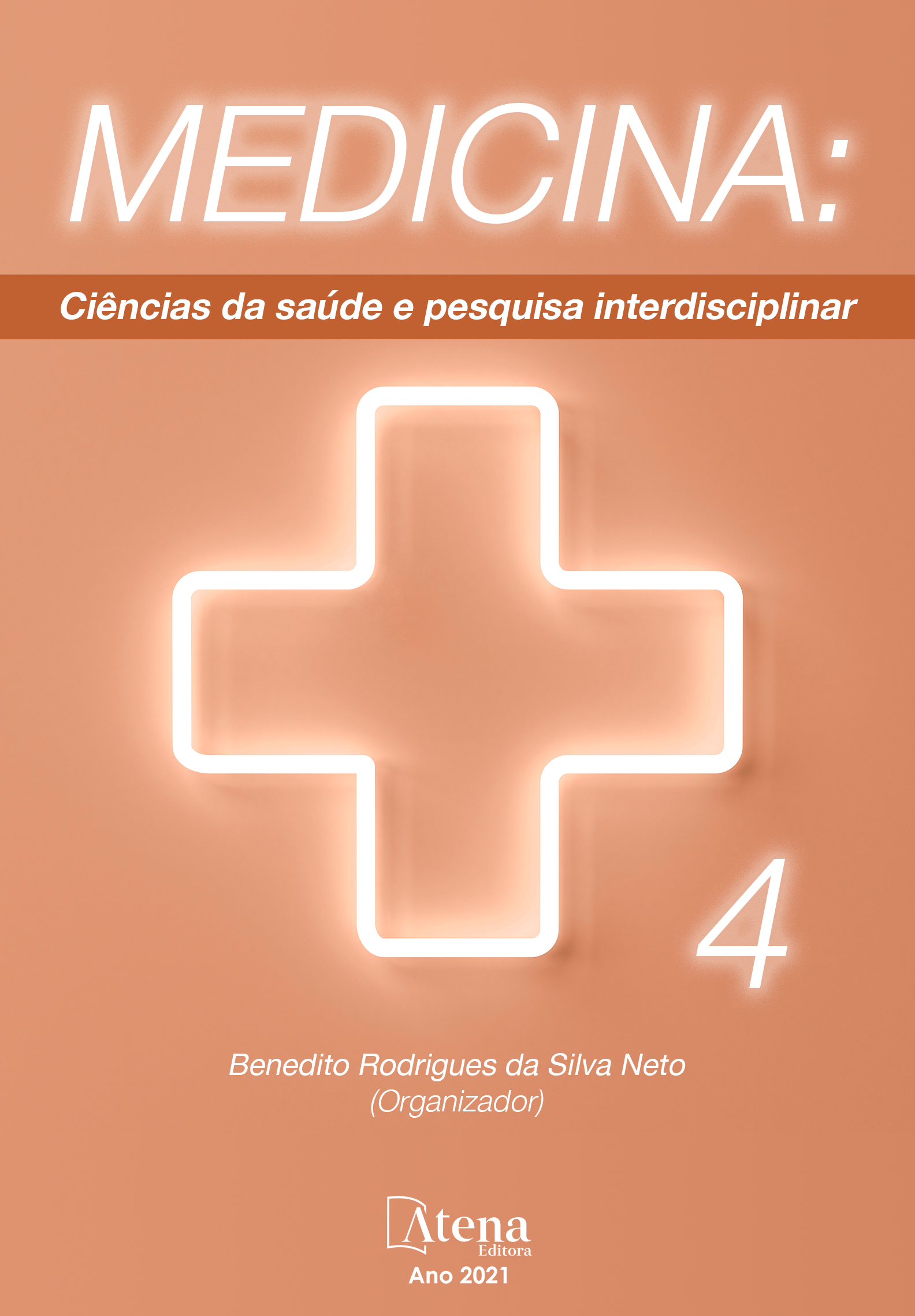
O PAPEL DA AUTOFAGIA NA INVOLUÇÃO UTERINA
No período gestacional e no pós-parto, o útero humano experimenta modificações fisiológicas. Na gestação, o útero tem seu tamanho aumentado para abrigar o feto em crescimento. Já no pós-parto, sofre uma diminuição acelerada para, assim, voltar à forma inicial. A camada uterina envolvida neste processo é o miométrio, o qual é constituído por tecido muscular liso que se modifica em tamanho e número celular durante a gestação. O peso uterino pode aumentar de 70 g para 1100 g a termo e as modificações que ocorrem no miométrio são hipertrofia, hiperplasia das fibras musculares, aumento de tecido conjuntivo, vasos sanguíneos e linfáticos, e organelas dos miócitos. O crescimento tecidual e celular normal, do mesmo modo que o desenvolvimento, necessita que a síntese e a degradação de proteínas e organelas ocorram de forma equilibrada. Desta forma, após o parto, a involução uterina, que dura cerca de 6 semanas, ocorre por meio do processo autofágico, principalmente. Este mecanismo se dá com a formação dos autofagossomos que englobam o que não é mais útil ao organismo. Estes, por sua vez, fundem-se com os lisossomos formando, assim, os autofagolisossomos, que degradam o material englobado. À vista disso, durante o puerpério, a atividade autofágica que ocorre na camada miometrial é o principal fator que contribui para que o útero retorne ao seu tamanho inicial. Isto posto, este trabalho tem como objetivo realizar uma revisão de literatura sobre o funcionamento geral do processo autofágico realizado pelo útero na fase de puerpério. Realizado levantamento bibliográfico nas bases de dados PubMed, Lilacs e MedLine. Foram utilizadas as palavras-chave “autofagia” e “involução uterina” e as correspondentes em inglês “autophagy” e “uterine involution”. Foram selecionados artigos entre 2014 e 2019 e livros que abordavam de forma íntegra o tema em questão.
O PAPEL DA AUTOFAGIA NA INVOLUÇÃO UTERINA
-
DOI: 10.22533/at.ed.69321030913
-
Palavras-chave: autofagia, útero, puerpério, involução
-
Keywords: autophagy, uterus, puerperium, involution
-
Abstract:
During the gestational and postpartum period, the human uterus undergoes physiological changes. During pregnancy, the uterus is enlarged in order to house the growing fetus. In the postpartum period, the organ must go back to its initial form. The uterine layer involved in this process is the myometrium, which is made up of smooth muscle tissue that changes in size and cell number during pregnancy. Uterine weight can increase from 70 g to 1100 g at term and the changes that occur in the myometrium are hypertrophy, muscle fiber hyperplasia, increase in connective tissue, blood and lymphatic vessels, and myocyte organelles. Normal tissue and cell growth, as well as development, requires that the synthesis and degradation of proteins and organelles occur in a balanced way. Thus, after delivery, the uterine involution, which lasts about 6 weeks, occurs mainly through the autophagic process. This mechanism occurs with the formation of autophagosomes, which is going to encompass the organelles that are no longer useful to the organism. These, in turn, fuse with the lysosomes, forming the autophagolysosomes, which degrade the phagocytosed material. Therefore, during the puerperium, the autophagic activity that occurs in the myometrial layer is the main factor that contributes for the uterus to return to its initial size. This work aims to conduct a literature review on the general functioning of the autophagic process performed by the uterus in the puerperium period. Literature survey was carried out in PubMed, Lilacs and MedLine databases. The keywords “autofagia” and “involução uterina'' and the corresponding ones in English “autophagy” and “uterine involution” were used. Articles between 2014 and 2019 and books that fully addressed the topic in question were selected.
-
Número de páginas: 8
- Júlia Wojciechovski
- Raphael Bernardo Neto
- Carolina Dusi Mendes
- Giovana Luiza Côrrea
- Beatriz Essenfelder Borges
- Anna Clara Traub


